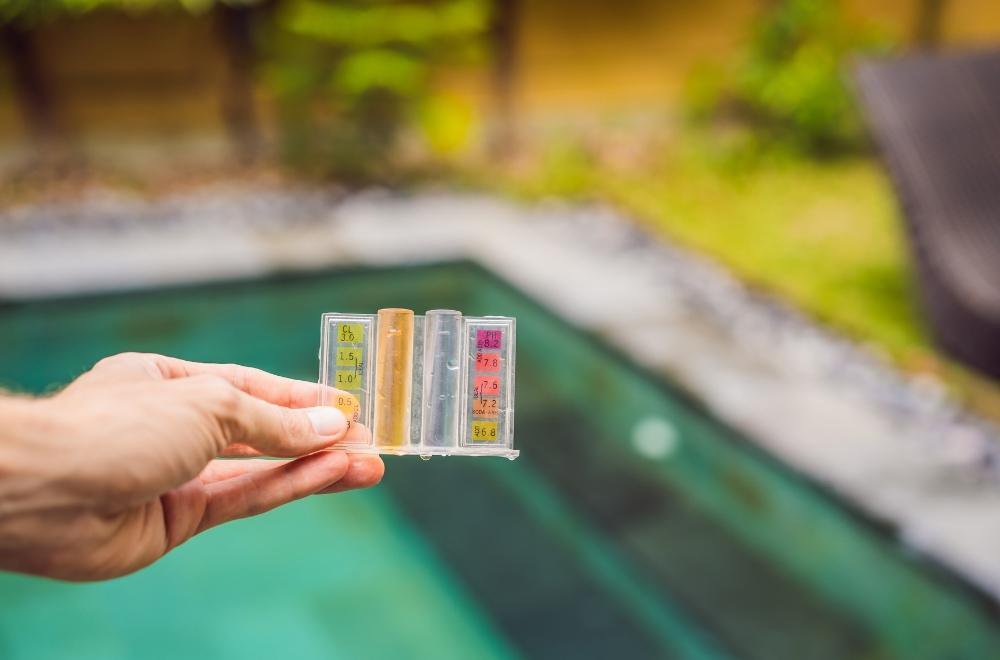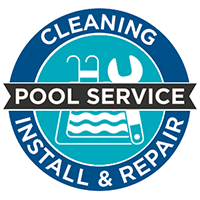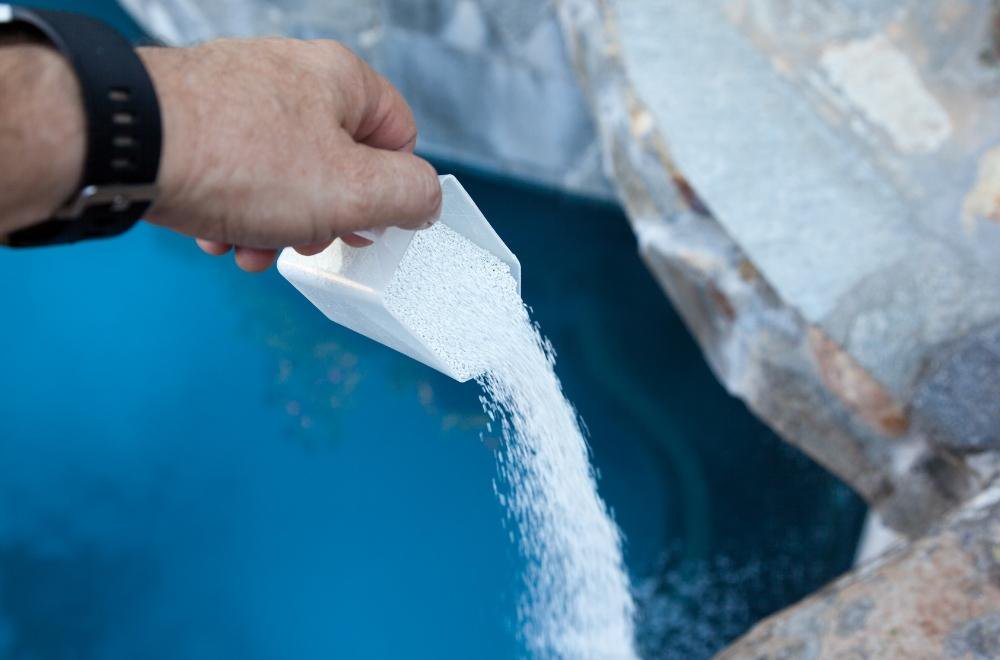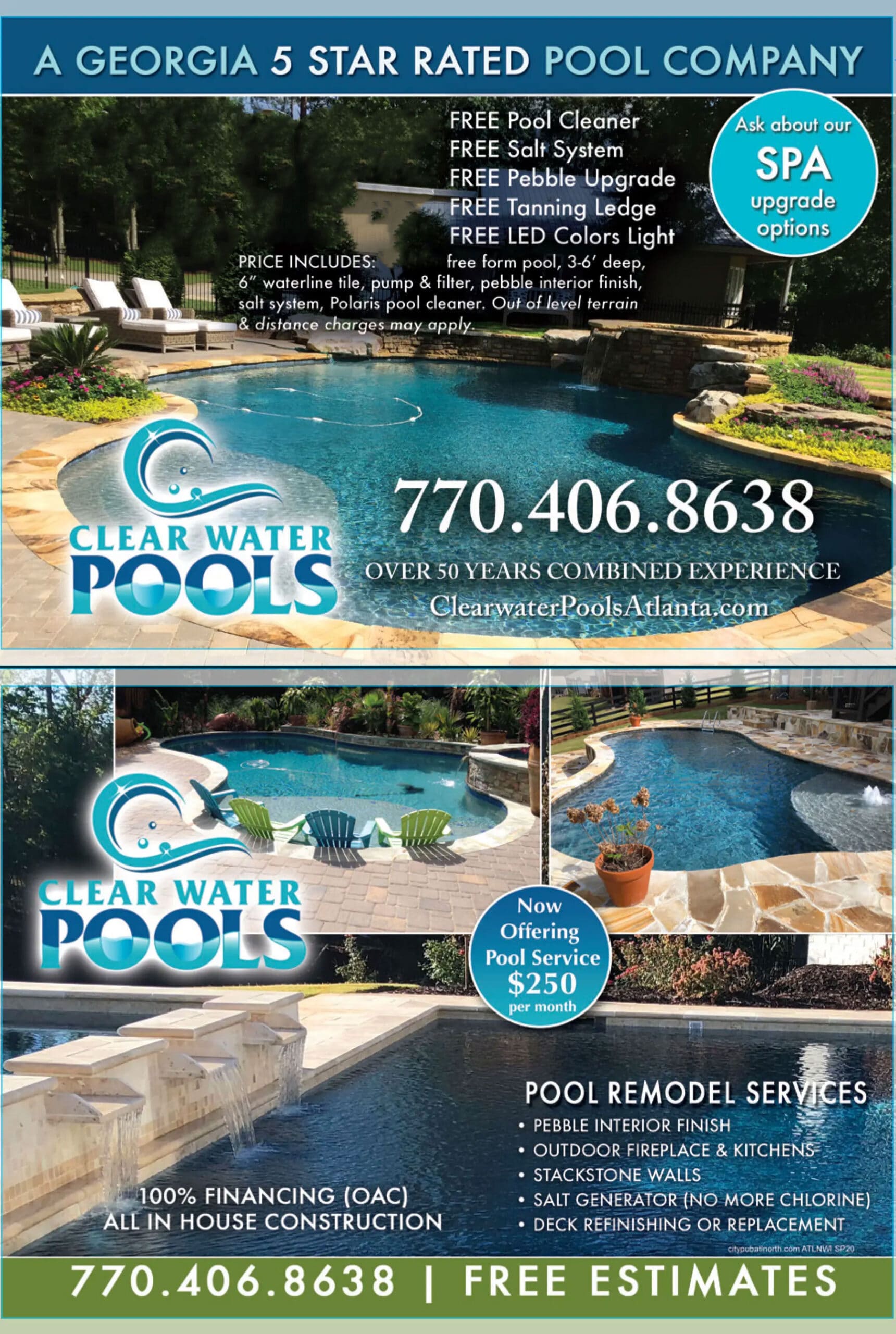As a pool owner, it is your responsibility to make sure that your pool undergoes regular maintenance. The swimming pool is your best friend during the hot summer days, so you have to make sure that it's clean and safe before you take a dip. Knowing how long after putting chlorine in the pool can you swim along is essential in terms of your pool's maintenance.
Is adding chlorine in your pool safe? What does it do to your pool? How long after putting chlorine in your pool can you swim? These are some of the few questions that might get into your mind and cause you to worry.
As we read further, we will find out and give you answers to your questions to help you have peace of mind whenever you do your pool's regular maintenance.
Is Adding Chlorine to Swimming Pool Safe?

It's normal if you worry about chemicals that might dry out your skin and hair like chlorine. It also has a lingering odor after showering. But don't worry, experts say that there is nothing for you to be concerned about in most cases.
Chlorine is an essential type of chemical that your pool needs. It is a type of chemical that helps kill germs and fights bacteria. Experts say that without them might expose swimmers to harmful microorganisms. It would be like swimming in a petri dish and swimmers can get sick because of this.
The actual hazard actually comes from the combination of pool chemicals and other substances that people bring into the water.
Why is Chlorine Added to Swimming Pool?
To deal with both live and non-living bacteria, chlorine is the one that can do the job. It's the most important chemical for sanitation, disinfection, and sterilization because it kills all microorganisms. Chlorine also helps to oxidize your pool. It causes non-living substances to break down or chemically burn.
If the chlorine level in your pool falls below 1 ppm, algae and bacteria such as E.Coli might proliferate and if left untreated, it can also be dangerous to swimmers. Algae stains will begin to appear on the pool walls too.
You will be able to ensure that your water balance in your pool is healthy and clean when you regularly check the chlorine level at least twice a week. You need to maintain your pool's chlorine level between 1-3 ppm.
Types of Chlorine for Swimming Pool
There are several types of chlorine available in the market that you can use for pool maintenance. Choosing the right chlorine sanitizers for your pool now depends on your needs and your preference.
Below are the six different types of chlorine used in swimming pool maintenance.
1. Chlorine Gas
Chlorine gas contains 100% concentration. It is the most concentrated form of chlorine that is efficient in terms of time and cost. Many pool care specialists and public pool complexes prefer to use it because it effectively enhances free chlorine levels.
However, due to its high toxicity, there has been a considerable decline in its use over the years. Some places even banned the use of it for safety reasons. Using Chlorine gas can also cause high expenses in equipment maintenance, higher payment for insurance premiums, and training requirements.
2. Sodium Hypochlorite
Sodium Hypochlorite is a liquid sanitizer that is a common choice of chlorine among pool specialists. It is also called “liquid bleach” and has been widely used since the 18th century. It is a chlorine-based bleach commonly used as a disinfectant and bleaching agent in the household.
However, sodium hypochlorite is unstable. It may lose its strength and effect eventually. Because it's a liquid, it's a good idea to keep it in a secondary container and always wear gloves when handling it.
3. Calcium Hypochlorite
Calcium hypochlorite is the most common powder sanitizer which is a common type of chlorine among private pool owners. Ca(OCl)₂ contains 65-73% concentration plus other compounds like calcium chloride and calcium carbonate. Because it contains a higher concentration, it is considered the most cost-effective of the chlorine sanitizers.
4. Sodium Dichloroisocyanurate
Sodium Dichloroisocyanurate or Dichlor is a powder sanitizer that's easier to spread or distribute around the pool which was considered as one of the best chlorine sanitizers available. It contains 60-65% chlorine concentration.
Dichlor is a stable type of chlorine where you can not only use it as a sanitizer but as well as a shock. However, it is more expensive than other types of chlorine.
5. Chlorine Tablets
Chlorine tablets, often known as Trichlor, are a popular type of chlorine sanitizer among private and residential pool owners. It's a low-cost option that can be dispersed passively. Just put it in a tab in the skimmer or floater, then you're good to go.
However, you have to be careful with trichlor as it can cause flame and explosion if combined with cal-hypo. Trichlor is very acidic that it can damage the metal components in the system. Just make sure you keep your pool pump working 24/7 as much as possible to avoid any kind of damage.
6. Lithium Hypochlorite
Lithium Hypochlorite comes in a granular form that contains 30-35% chlorine concentration and is lower than other solutions and is the least choice for most pool companies. Lithium Hypochlorite is more expensive than other sanitizers. It is also used in other industries, particularly in batteries which causes a spike in its demand.
However, it still earned the loyalty of some pool owners because it dissolves quickly which reduces the risk of bleaching in vinyl pools.
When Can I Swim After Adding Chlorine?
One reliable method to know when you can go swimming after adding chlorine to your pool is by measuring the chlorine level using a test kit. You can also base it on a particular timeline depending on the type of chlorine you use.
When adding other water balancing chemicals, it is generally recommended to wait almost 20 minutes. However, when adding chlorine, it is safer to wait nearly 4 hours. It will also depend on the size of your poo. As well as the type and amount of chlorine used. To avoid any form of risk, the chlorine level in the pool should be below 5 ppm.
Final Thoughts
It is very important for you to know how long after putting chlorine in the pool you can swim to avoid any harmful effects. If you want to get your pool ready this coming summer and you're looking for a professional to do the pool maintenance for you, contact us now!
Clear Water Pools has over 50 years of combined experience that offers pool maintenance services. Give us a call today at 1-770-406-8638 for more information or request your free quote.





